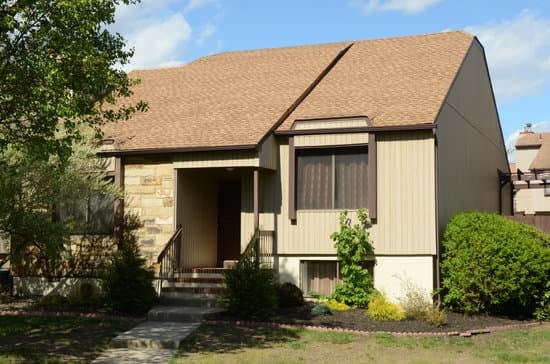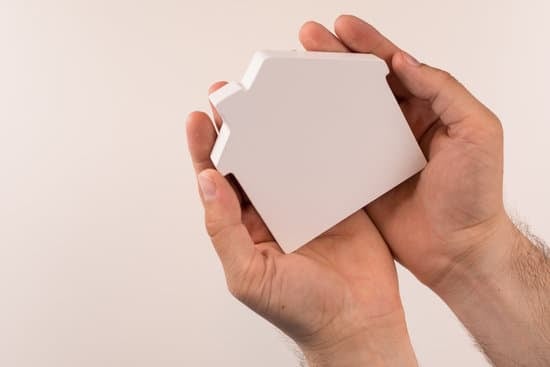If you’re looking to improve the look of your lawn, you may be wondering how to make your grass thicker and greener. Fortunately, there are a few steps you can take to achieve this.
Mow Your Lawn Correctly: Mowing your lawn correctly is crucial for achieving a thick and green lawn. Make sure your mower blades are sharp, and only cut the top third of the grass blades. This will encourage healthy growth and prevent damage to the grass.
Water Grass Properly: Watering your lawn properly is key for thick and green grass. Water deeply once or twice a week, rather than shallowly more frequently. This will encourage deep root growth and help prevent dehydration.
Fertilize Grass Adequately: Fertilizing your lawn is essential for thick and healthy grass. Use a high-quality fertilizer with the right balance of nutrients for your soil type.
The Importance of a Lawn Soil Test: Conducting a soil test can help you determine what nutrients your lawn needs to thrive. Do a soil test every two to three years to make sure your lawn has the right nutrients.
Control Lawn Weeds, Insects, & Diseases: Weeds, insects, and diseases can all damage your lawn and prevent it from growing thick and green. Use proper weed control methods, treat pests as soon as you notice them, and take steps to prevent lawn diseases.
Aerate and Overseed Your Lawn When Needed: Aeration allows water and nutrients to penetrate deep into the soil, making it easier for your grass to grow. Overseeding can help fill in bare patches and make your lawn thicker.
Deal With the Shady Spots in Your Lawn: If you have shady spots in your lawn, it may be difficult to grow thick and green grass. Consider planting shade-tolerant grasses or using alternative landscaping methods, like adding a garden or hardscaping.
By following these steps, you can make your grass thicker and greener and achieve the beautiful lawn you’ve always wanted.




















